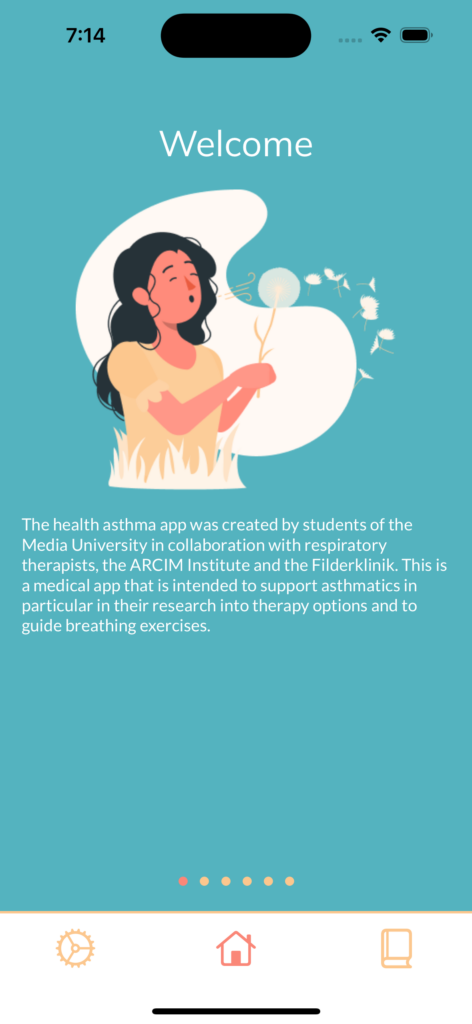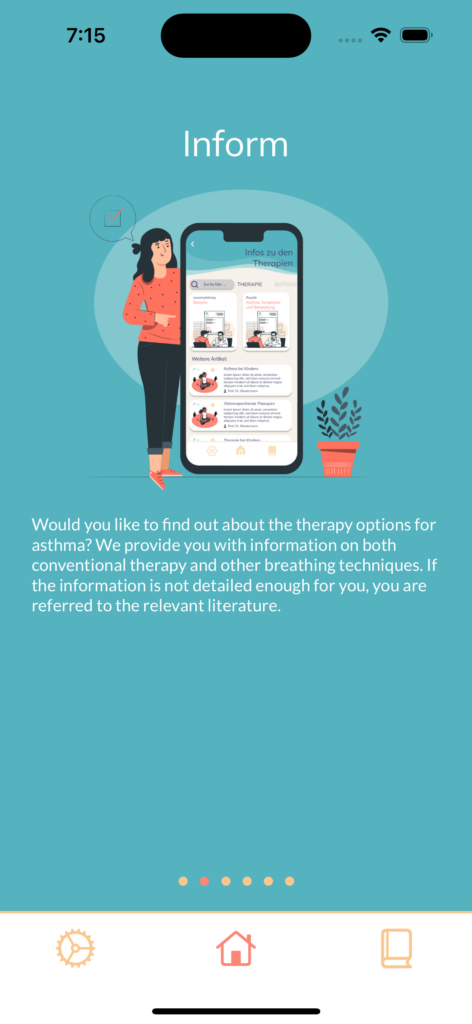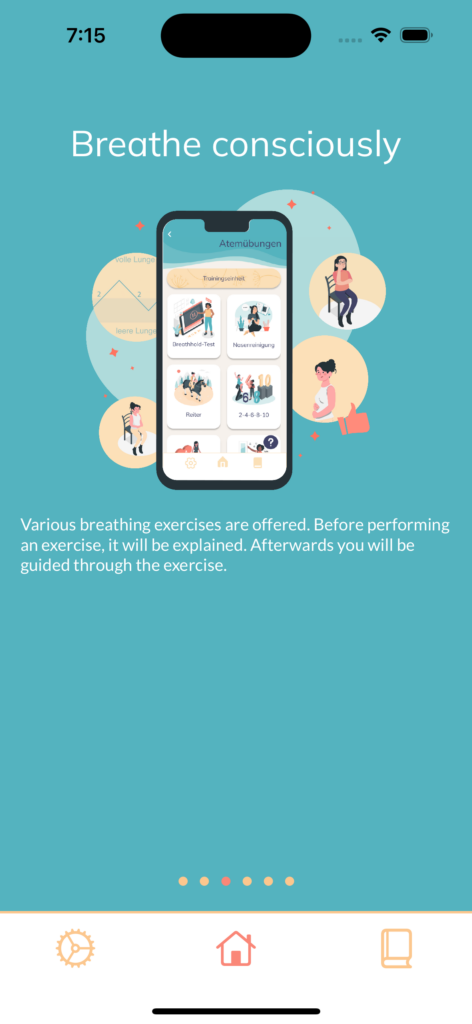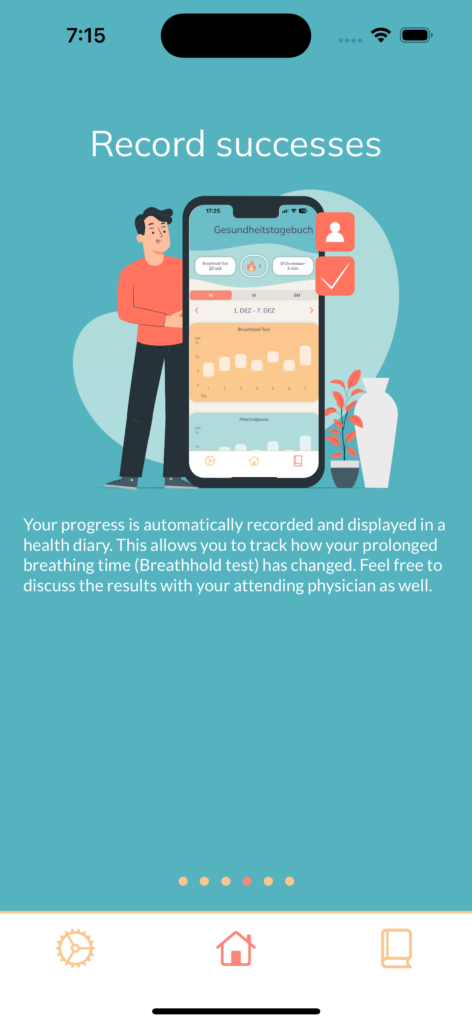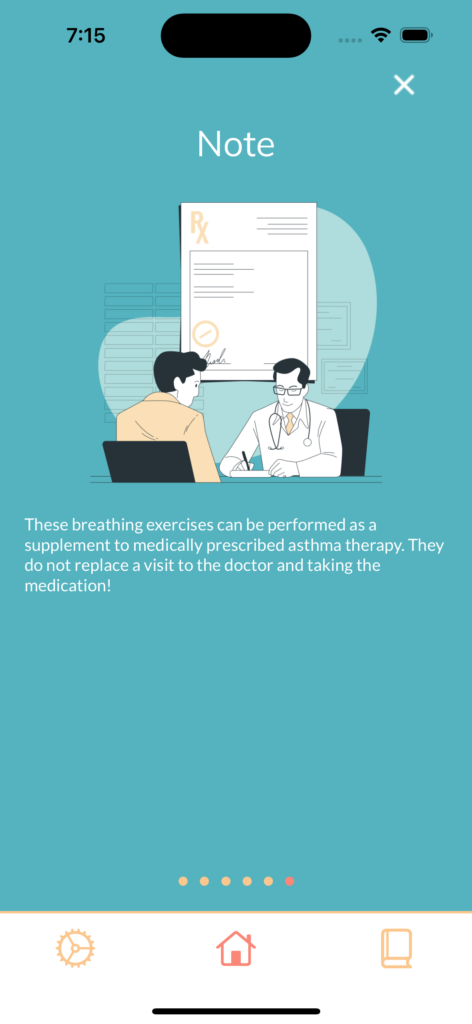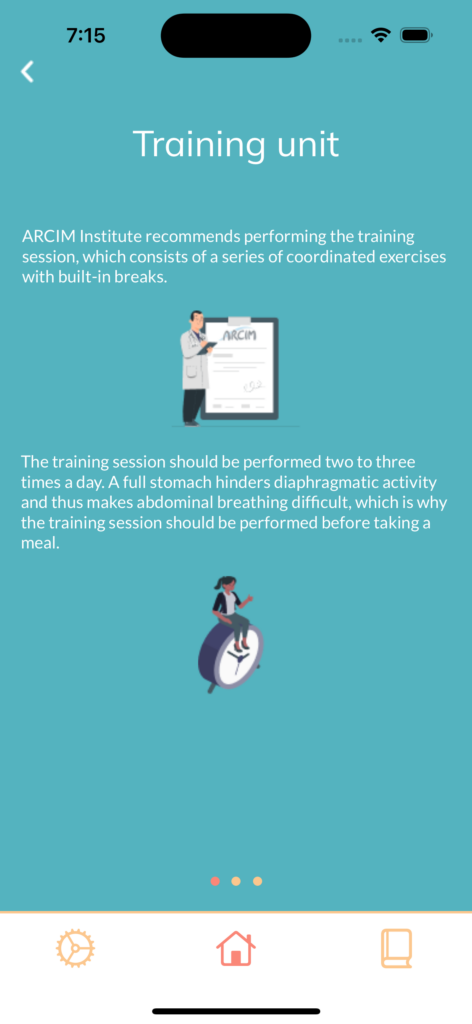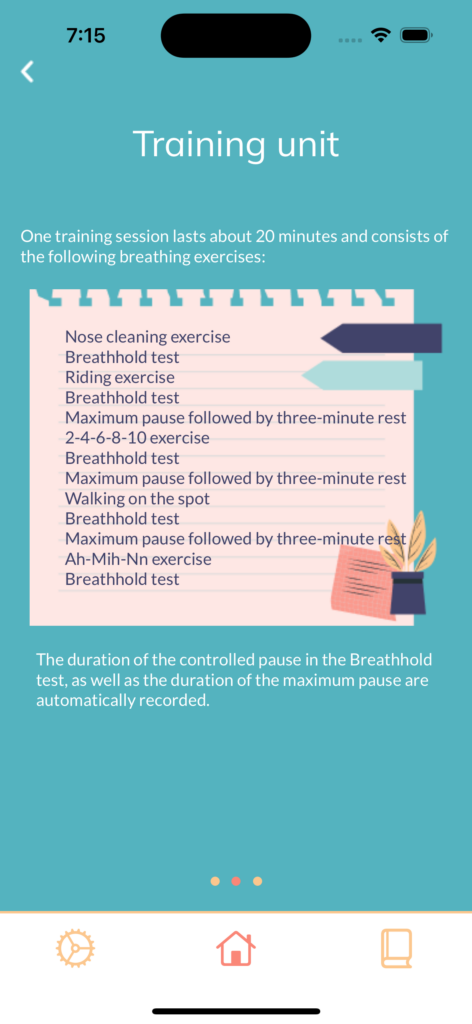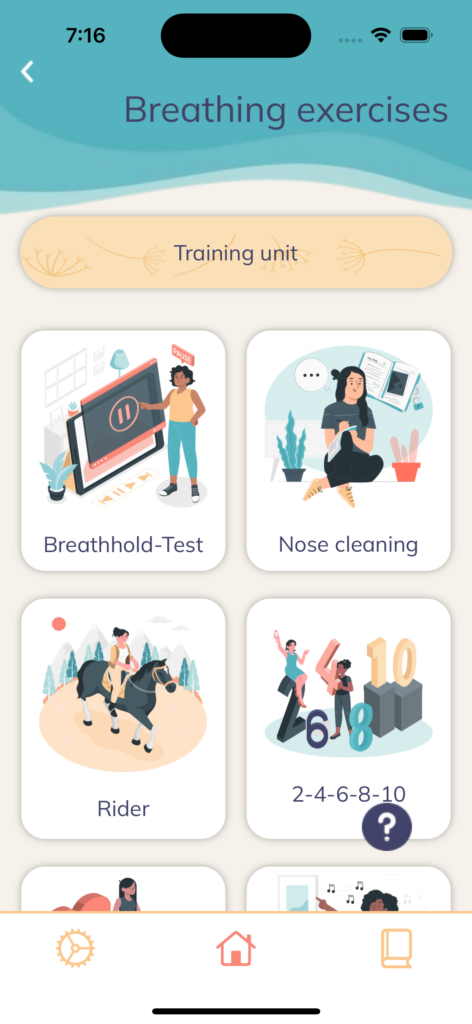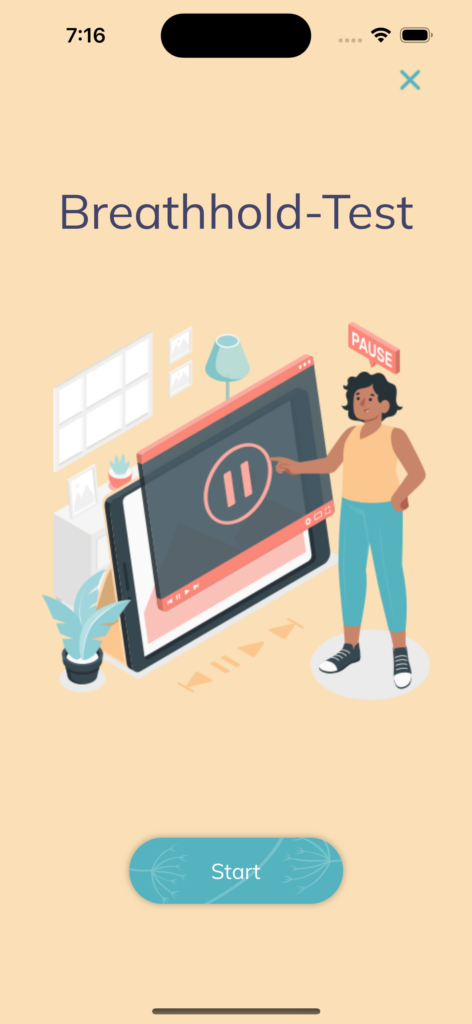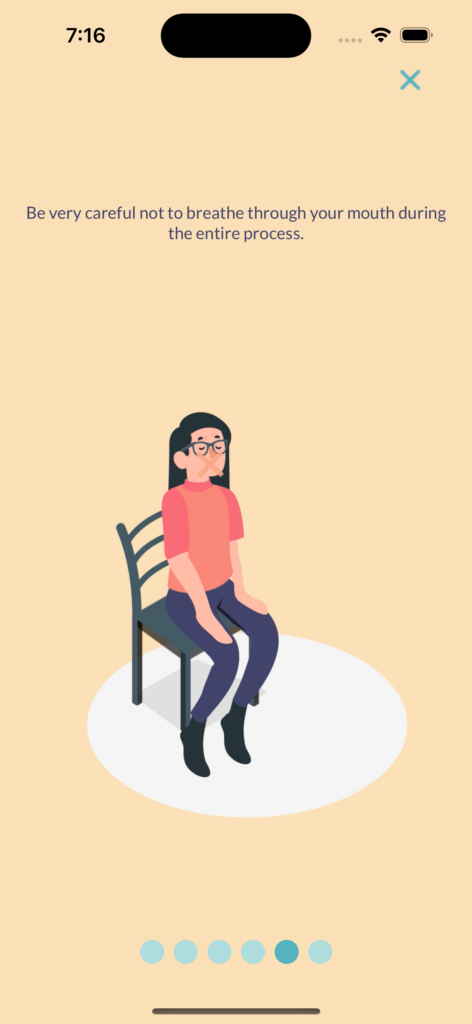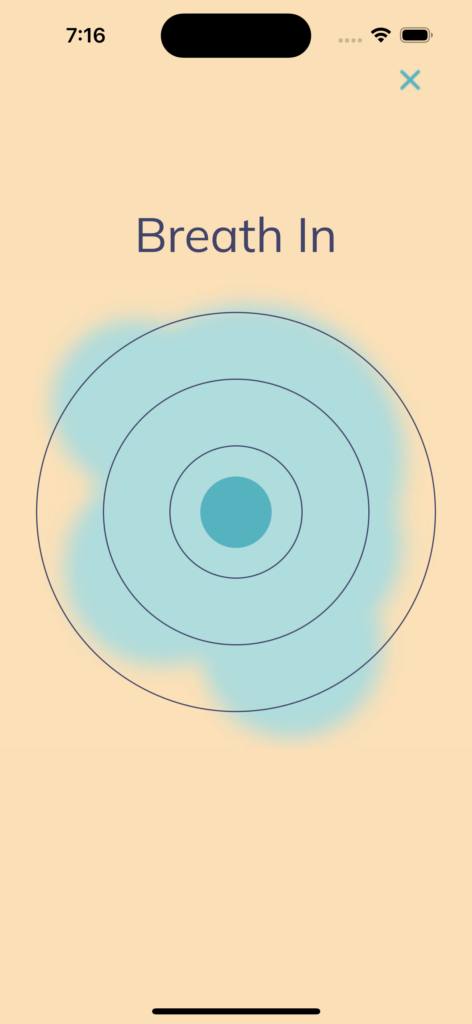Asthma is a respiratory condition that affects millions of people around the world. It is a chronic disease that causes inflammation and narrowing of the airways, making it difficult to breathe. According to the World Health Organization, there are an estimated 235 million people worldwide who suffer from asthma. In Germany, about 5 – 8% of the population has asthma, which amounts to more than 6 million people.
There is no cure for asthma, but it can be managed with appropriate treatment. The most common treatments are inhalers, which deliver medication directly to the lungs to reduce inflammation and open up the airways. There are also oral medications that can be taken to reduce inflammation, as well as immunotherapy, which involves regular injections of allergens to help the body build up a tolerance.
Asthma can be triggered by a variety of factors, including allergies, pollution, exercise, and stress. It can also be hereditary, so people with a family history of asthma are more likely to develop the condition themselves. Symptoms of asthma can include wheezing, coughing, chest tightness, and shortness of breath.
Despite the fact that asthma is a common condition, it can still be serious and even life-threatening in some cases. It is important for people with asthma to work closely with their doctors to manage their symptoms and avoid triggers. With proper care, however, people with asthma can lead normal, active lives.
Last semester, I was contacted by Dr. Jan Vagedes, Head Physician Pediatrics Filderklinik, and founder of the ARCIM research institute (https://www.arcim-institute.de). He and his team of researchers have conducted very interesting studies (https://doi.org/10.1016/j.ctim.2020.102582) on treating Asthma using a certain breathing technique with interesting results. They tested the technique on a group of 32 children (aged 6 – 15 years) with partly controlled asthma. The children receiving treatment augmented with the breathing technique revealed significantly greater improvement at the follow-up than those receiving treatment as usual. Their findings suggest that the addition of the breathing technique to treatment as usual for children with asthma can have a positive effect on the health and emotional situation.
The question Jan and his team had was: “how can we make this breathing technique easily accessible for a larger group of people?”. The idea was to build an app that teaches the breathing technique and helps to motivate the users to do it on a regular basis in order to get good results. Thus, this is what we did: we developed the “Asthma App“.
The Asthma-App was developed in the course of my “Mobile Applications” lecture in our Computer Science and Media Master course of studies. The development team consisted of 6 students: Kilian Kunkel, Kristin Saueressig, Marilena Brink, Maximilian von Detten, Nadine Weber und Susanne Weiß. Kudos to them for the great work! The prototype app was presented to the staff of the Filderklinik and we received very good feedback.
This semester we keep on working on the app and will focus on improving the app and conducting some user tests with asthma patients in order to find out, how we can make using the app more attractive. In addition, we have Sandra Herbst who will join the team, working on the topic: “Use of gamification in an app for asthma patients using the example of an implementation for Android.” in the course of her Bachelors thesis.
I am really looking forward to the results this semester. If this is successful, we plan to find partners and investors to make the app available world wide. We will start with Germany and hope to be able to apply for a so called DiGA (Digitale Gesundheitsanwendung) certificate so the app can be prescribed by a doctor.
I will keep you informed…stay tuned.


